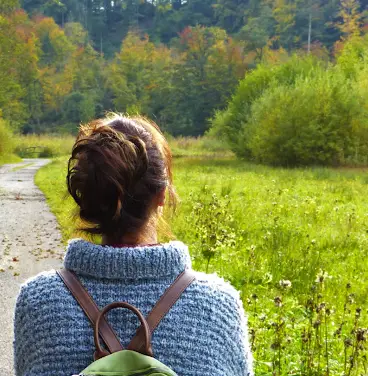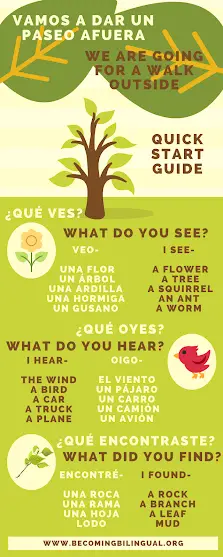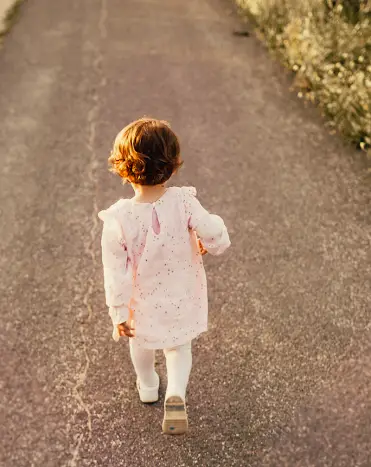Free At-Home Learning Resources (And A Nature Quick Start Guide)

Last Updated on June 19, 2020 by Reina Victoria
Are you gearing up for another day of remote learning with your kids? COVID-19 has schools across the country closed and there are plenty of great online resources to support you and your family during this time of home learning.
If you’re looking to work on your child’s Spanish skills or even start learning Spanish for the first time, these weeks at home could be the perfect opportunity to begin!
Teachers are suggesting that creating a schedule for home learning can be the best way to keep everyone on track and to evenly spread out everybody’s workload.
When building your daily schedule, add a block of time for Spanish learning. Research shows that an hour a day is ideal for people looking to become fluent, but any time for Spanish is helpful when you’re learning!
If you’re a non-native speaker or don’t know much Spanish, it’s important to fill the block with as much Spanish language as possible.
There’s no better way to social distance than to go for a nature walk!

Head outside with your family and take a look at what you can find in nature and identify things in Spanish! If you’re just learning Spanish, I created a “Quick Start Guide” with some phrases, questions and answers that are already conjugated.

Here’s a way that you could start out:
“Vamos a dar un paseo afuera! ¿Qué ves?” or “We’re going for a walk outside? What do you see?”
Tell your child that they can respond with “veo” or “I see”.
Even if they don’t know the name of the object they see, they can practice using the phrasing, “veo a tree!” If the word that they want to use is on the quick start guide, help them to find it, “veo un árbol!”
You can continue the conversation by asking about what they hear “¿Qué oyes?” Or what they find, “¿Qué encontraste?”
And prompt them again with a response: “Oigo…” ( I hear) or “Encontré…” (I found). If they word that they want to use is on the Quick Start Guide, encourage them to use it to make a sentence, “Oigo un pajaro“. If the word isn’t on the guide, they can say the word in English, “Oigo music“.
Once you get home, look up the words that you used in English and see how to say them in Spanish. Can you practice using those phrases again with the new vocabulary that you learned?
Once you start using these phrases daily, they’ll come more naturally and you and your child will start to memorize them. As you become more proficient you can research more Spanish vocabulary to support your talk about wildlife.

In order to boost your Spanish language time, it’s important to hear and engage with as much Spanish language as possible. If you stick with the nature walk theme there are several songs and websites that can support your vocabulary and learning.
Songs:
Rockalingua – They have several Spanish songs that you can listen to and sing a long with.
Websites:
Spanish Playground – There is a whole category of Spring activities that you can do including a nature scavenger hunt.
BrainPop Espanol – this site has tons of informational videos on a variety of topics. It includes games and extension activities as well. During the COVID-19 school closures, the site is free to use.
Through constant immersion from a variety of resources, I was able to bring native Spanish language to my daughter. If you’re looking to start your own language-learning journey, check out some of these great resources to get started.
Happy Learning!
Don’t forget to subscribe here and get my latest posts and resources delivered straight to your inbox!